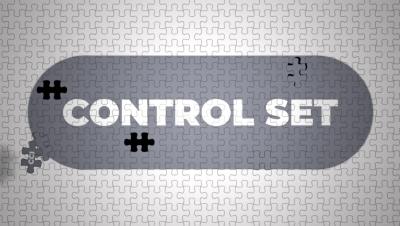Applying Big Data to Risk Management
The era of Big Data is here. Information now exceeds fantastic proportions, globally measured in zettabytes (each zettabyte is a billion terabytes) and growing at an exponential rate that defies comprehension. According to the IDC, global data is expected to grow from 23 Zettabytes (ZB) in 2017 to 175 ZB by 2025.





